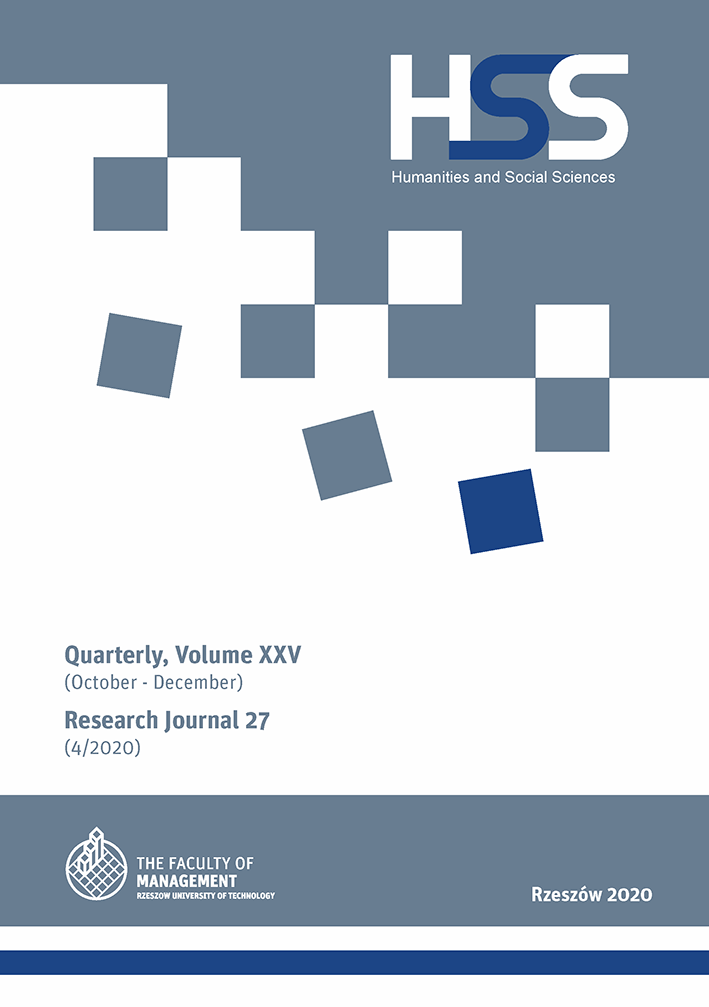Abstract
This article examines the territorial configuration of Spain between 1978 and 1983. The article investigates whether the scope of autonomy granted to the regions inhabited by “the historical nationalities” fulfilled their need of being independent from the central government in Madrid. The article also examines the impact of regionalization on the awakening of local awareness and identification within communities in which it had not existed before. The creation of the Autonomous Communities also affected the party system of Spain in which the major role was played by the regional parties, especially in the construction of the electoral system to Cortes Generales. This allowed strong nationalist groups to become represented in the parliament, enhancing the impact of regionalization on the increase in self-awareness and making the regions fight over their interests in the national arena.
References
Alvarez Conde, E. (1984). El regimen politico español. Madrid.
Keating, M., Bray, Z. (2006). Renegotiating Sovereignty: Basque Nationalism and the Rise and Fall of the Ibarretxe Plan. “Ethnopolitics”, 5 (4).
Leguina Villa, J. (1985). El acceso forzoso a la autonomía política. “Revista Española de Derecho Constitucional”, 14.
Łabno-Jablońska, A. (1996). Iberyjska droga do demokracji. Warsaw.
Perez-Diaz, V.M. (1996). Powrot spoleczenstwa obywatelskiego w Hiszpanii. Cracow.
Propuesta de reforma del Estatutode Autonomía de Cataluña. Access on the internet: http://estaticos.elmundo.es/documentos/2005/10/01/estatuto_castellano.pdf.
Ruiz Robledo, A. (2003–2004). Veinticinco anos de Estado Autonomico. “Revista de Derecho Politico (Numero monografico. Balance de la Constitucion en su XXV Aniversario)”.
Santamaria Arinas, R.J. (2015). Del ruido de sables a la algarbia de los mercados: la LOAPA vista desde las atipicas armonizaciones de hoy. “Iura Vasconiae”, 12.
The Spanish Constitution of 27th December 1978 (1978). Boletin Oficial del Estado, 311.


